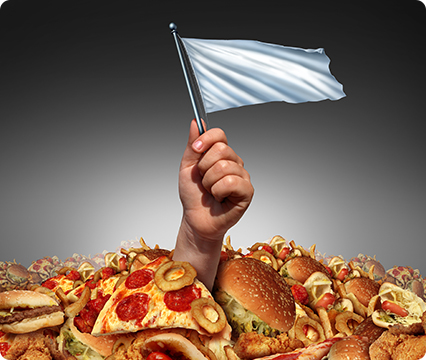Food cravings in everyday life: An EMA study on snack-related thoughts, cravings, and consumption
In this 2017 study, the trait food craving was measured in 61 participants before they underwent 7 days of Ecological Momentary Assessment (EMA) involving the reporting of snack-related thoughts, craving intensity, and snack consumption (at 5 time points per day). The vast majority of snacks reported (86%) were high in calorie, with chocolate-containing snacks consumed most often. The participants who scored highly in the food craving test (high trait food cravers, HCs) were found to think more often about high-calorie than low-calorie snacks, whereas no differences could be identified in subjects with low test scores (low trait food cravers, LCs). Furthermore, the association between higher craving intensity with increased intake of snacks was stronger among HCs than LCs. The interaction between craving intensity and snack-related thoughts was also more apparent in the HCs than in LCs. Moreover, Richard et al. discovered a positive correlation between snack-related thoughts and frequency in snack consumption that was independent of trait food craving. As HCs are more likely to think about high-calorie snacks and to eat more snacks following intense cravings, it might make sense for dietary interventions to target trait-level differences in addition to people’s snack-related thoughts. [NPID: craving, snacking, chocolate, trait craving]
Year: 2017
 Navigation
Navigation






